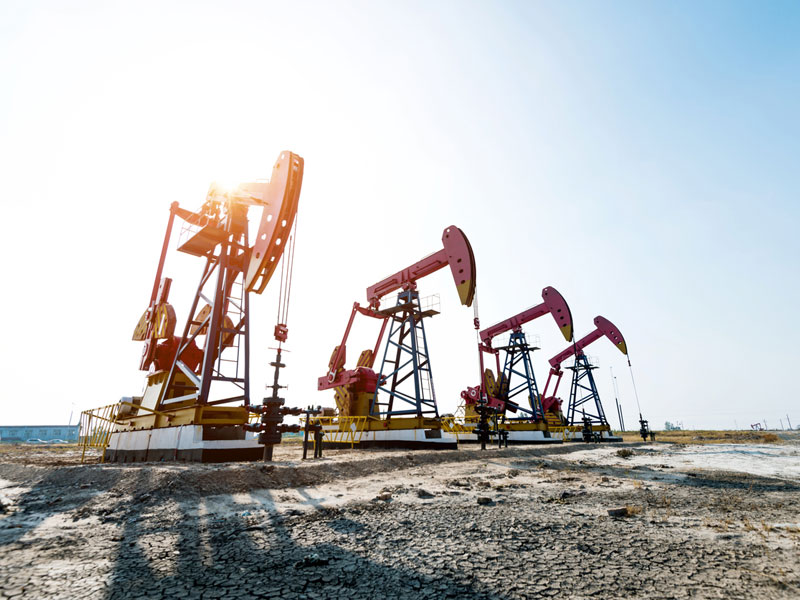
Net-zero commitments aren’t just for the world’s advanced market economies. Many emerging markets have also made their own net-zero pledges, but financing for the low-carbon transition must ramp up, says Moody’s Investors Service in a new report.
The rating agency said that more than US$1 trillion in annual investments into clean energy and efficiency will be needed to finance the transition to a low-carbon economy in emerging markets under the “net zero by 2050” scenario.
“Under all emissions pathways, emerging markets will account for most of the growth in energy demand,” Moody’s said, noting that emerging economies face the added policy challenges of population growth, increased urbanization and higher industrial activity.
“As incomes rise, so do emissions. Historically, emissions in large economies have peaked only after those economies reached middle-income status,” it noted.
As a result, many companies in emerging markets are highly exposed to the risk posed by the transition to a low-carbon economy, the report noted.
“Emerging market companies in hard-to-abate sectors, like oil and gas, steel, and airlines, are more exposed to transition risk than companies in sectors with scalable technologies, such as electric utilities and automakers,” it said. “Differentiation in transition risk will depend on a sector’s inherent exposure, business model and policy mix.”
That said, Moody’s also reported that a higher proportion of companies in emerging markets are rated as well positioned for the carbon transition — 16% of companies in emerging markets, versus 9% in advanced economies.
And, at the same time, it also noted that developing economies would capture a variety of health benefits from the transition to a low-carbon economy too.
“Lower emissions will help curb pollution-related mortality rates and health issues, especially in emerging markets where some of the world’s largest cities are located,” Moody’s said.